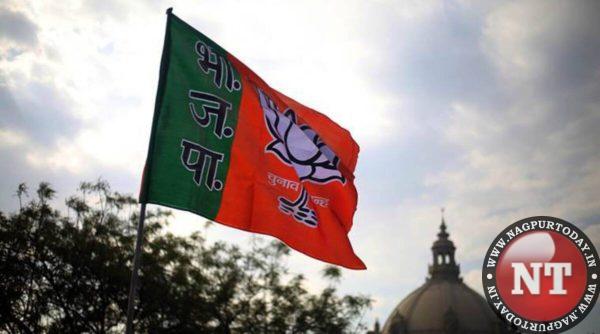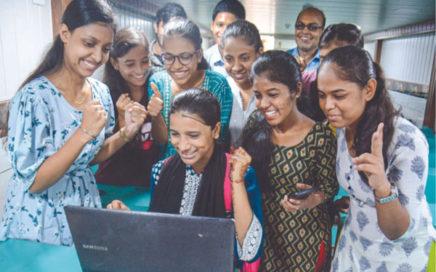Political dynamics are heating up in India as the Bharatiya Janata Party (BJP) closely monitors developments within the Maha Vikas Aghadi (MVA) coalition in Maharashtra and navigates challenges faced during the recent Assembly polls in Karnataka. This report delves into the key events and strategies being employed by the BJP high command.
The MVA coalition, consisting of the Shiv Sena, Congress, and Nationalist Congress Party (NCP), is facing internal strife over the seat-sharing formula for the upcoming Lok Sabha elections in Maharashtra. Sharad Pawar of the NCP initiated discussions on this matter, urging the partners to resolve the issue promptly. However, Shiv Sena leader Sanjay Raut’s public declaration of his party’s intent to contest at least 19 out of the 48 seats, previously won in alliance with the BJP, has unsettled the other partners.
BJP’s strategic move:
Anticipating difficulties in arriving at a mutually agreeable seat-sharing arrangement within the MVA, the BJP high command is contemplating the idea of conducting simultaneous polls for the Lok Sabha and the Maharashtra Legislative Assembly in May 2024. The state BJP leadership has suggested that advancing the Assembly polls by six months could provide the party with a significant advantage. They believe this move would place the MVA in a difficult position and disrupt their unity concerning the sharing of Assembly seats.
The recent victory of the Congress in the Karnataka Assembly polls has lifted the party’s spirits in Maharashtra. Buoyed by their success, Congress leaders in the state are determined not to concede ground. The BJP leadership, however, aims to capitalize on the Supreme Court’s decision to support the Shiv Sena-BJP Government and is signaling MVA leaders to join the BJP.
Yogi Adityanath’s dilemma:
The Assembly polls in Karnataka have exposed divisions between Uttar Pradesh Chief Minister Yogi Adityanath and some ruling party functionaries. Yogi, who was expected to address numerous rallies, discovered that the party had selected seats where the BJP had historically struggled. Given the prevailing anti-incumbency sentiment against the BJP government, it would have been wiser to focus on winnable seats. As a result, Yogi reduced his visits to Karnataka, conducting only nine rallies instead of the scheduled 35.
Realizing the challenges in Karnataka, Yogi Adityanath shifted his attention to the local body elections in Uttar Pradesh, where the BJP achieved unprecedented success. The party won all urban local bodies in the state, garnering significant praise from Prime Minister Narendra Modi. However, the killing of gangster-turned-politician Atig Ahmed in a shootout allegedly impacted the BJP’s support among Pasmanda Muslims, leading to criticism of Yogi in Delhi.
As the political landscape evolves, the BJP high command strategizes to exploit the divisions within the MVA coalition in Maharashtra and reassesses its approach following the Karnataka Assembly polls. These developments set the stage for upcoming electoral battles, shaping the political narrative in India in the months to come.















